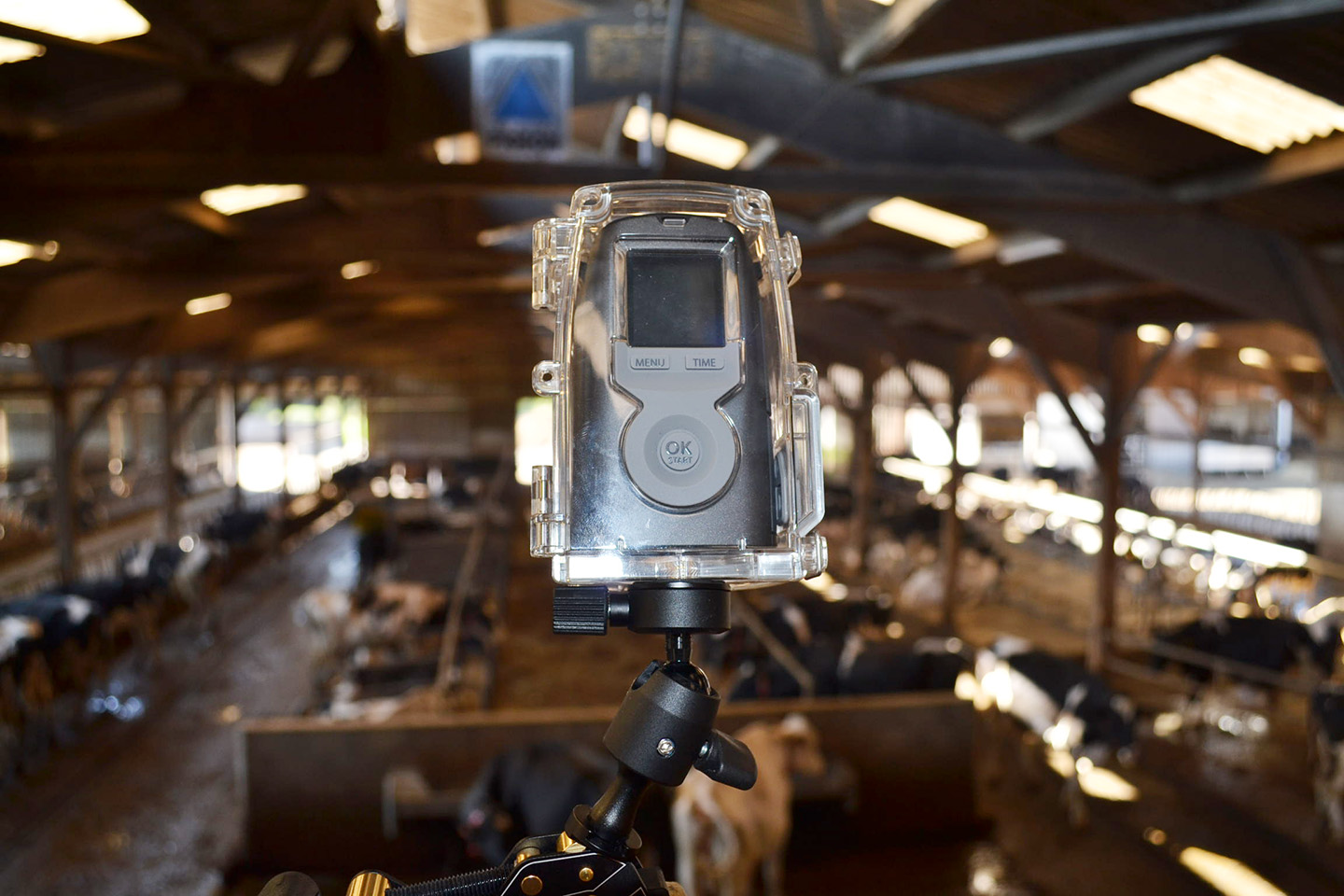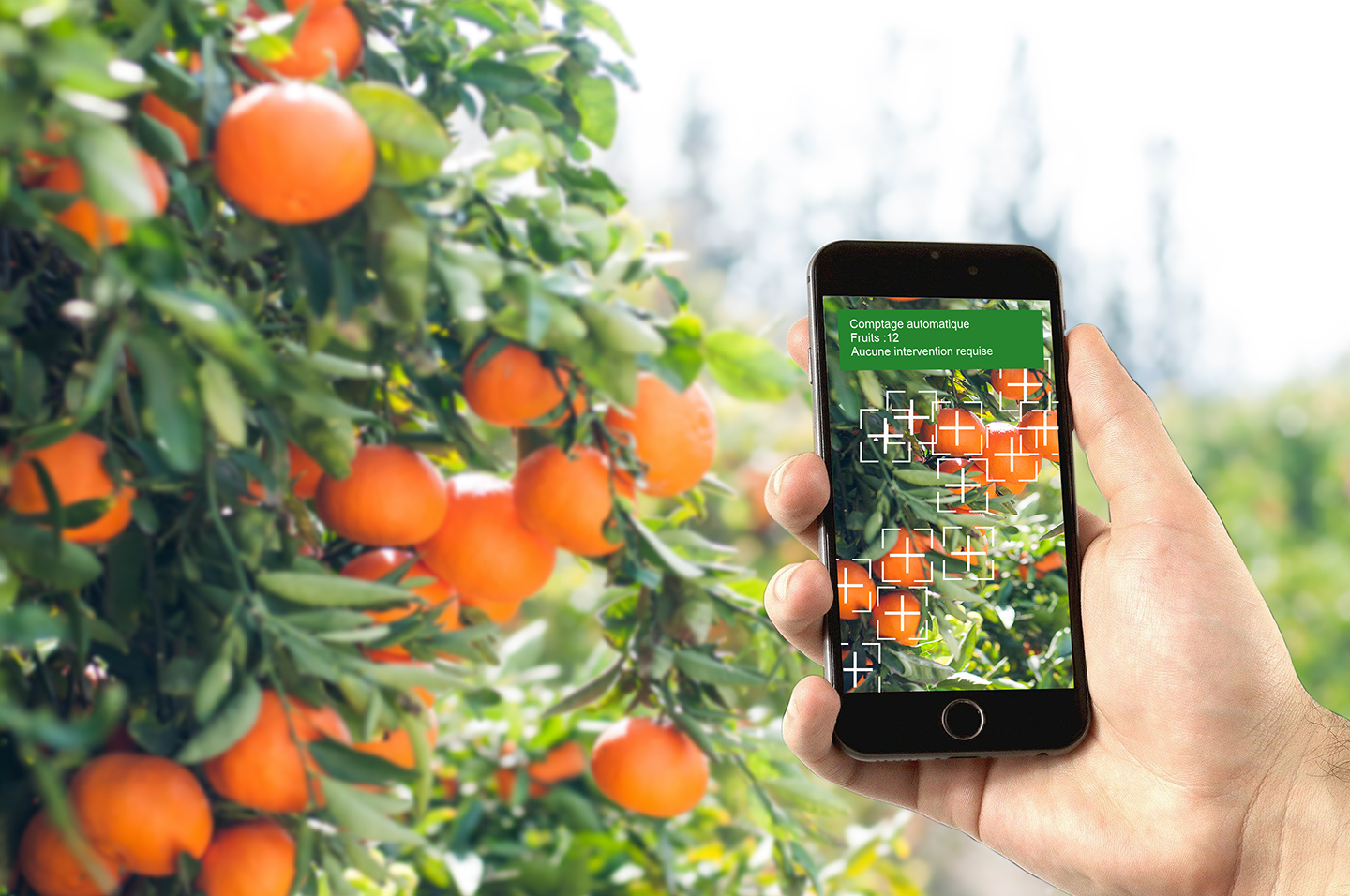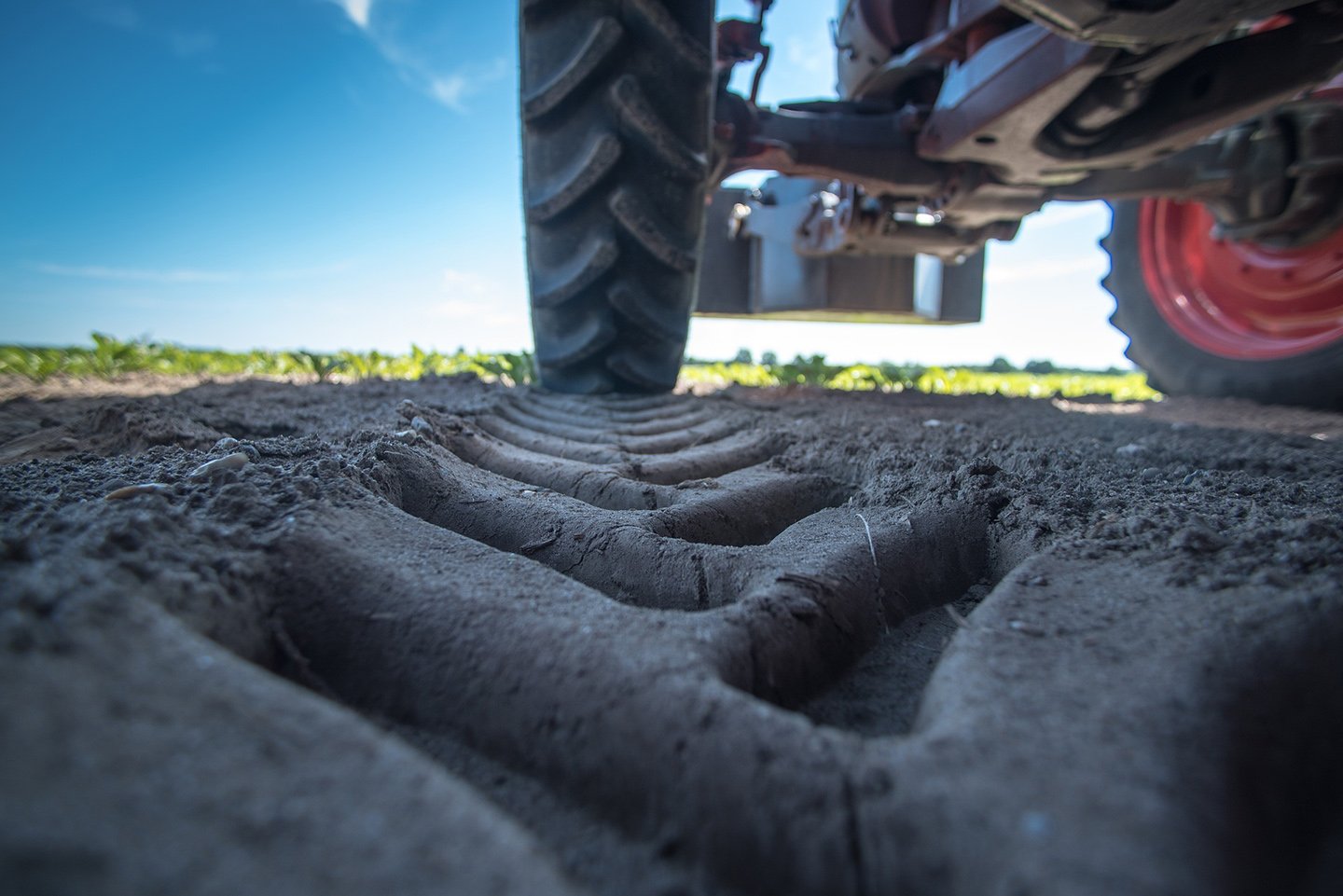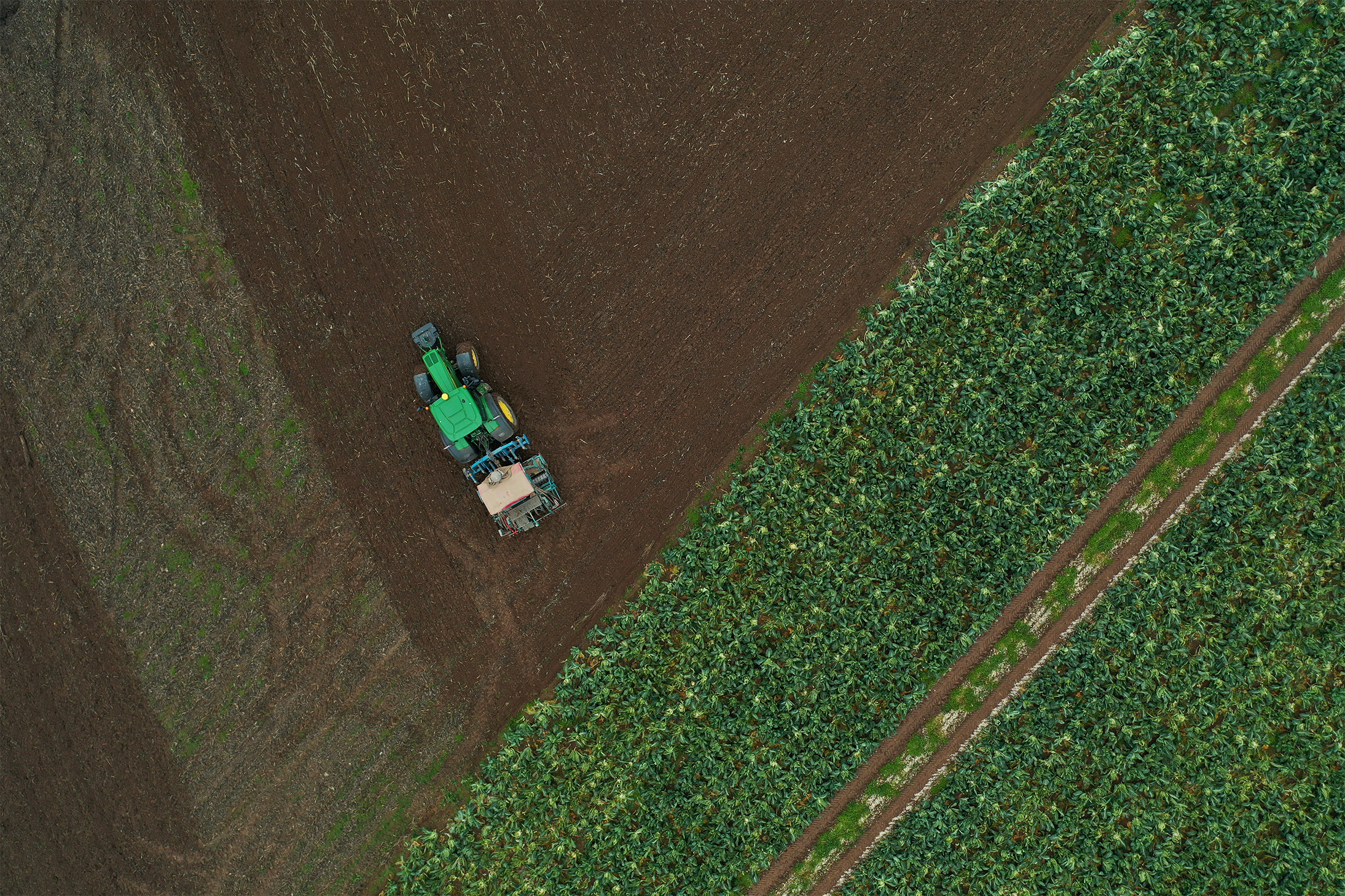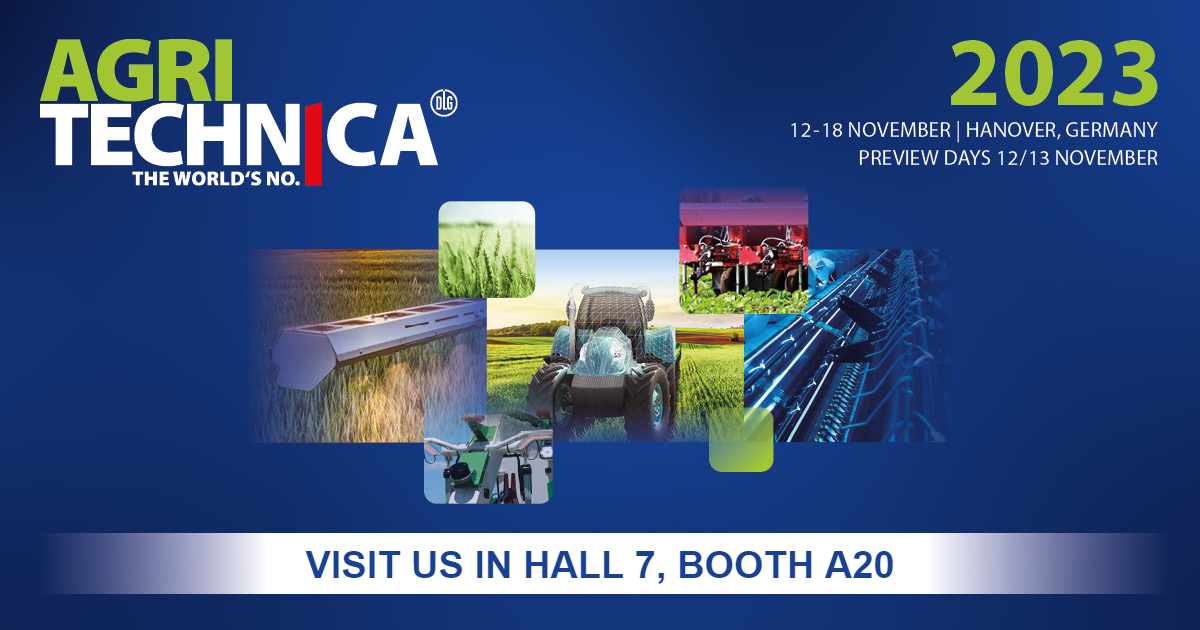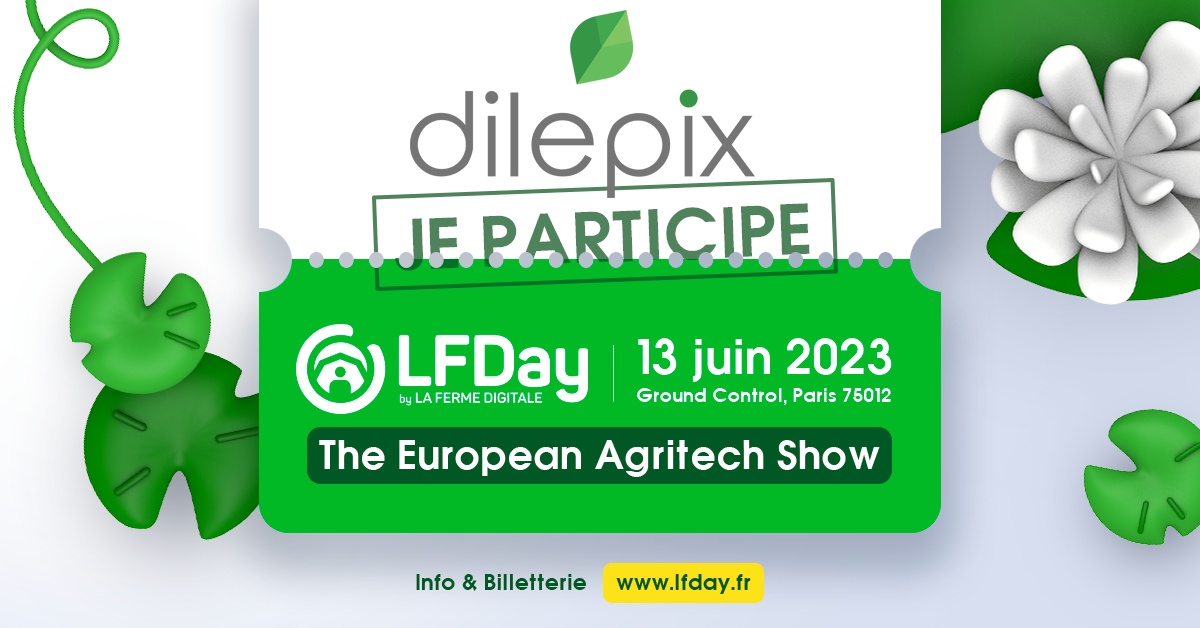Better known for its use in crop production, Artificial Intelligence is now making its way into livestock buildings... Adopting a business strategy allowing preventive action by anticipating events, relieving the burden of livestock monitoring and allowing farmers to concentrate on other tasks while keeping a foot in the buildings, all contribute to the craze for AI... But what does AI really mean? What are the concrete cases where it can be used? We tell you everything about this technology, bound to remain in the headlines!
|
Summary 1. The important need to reinvent agriculture 2. Artificial intelligence, a powerful monitoring relay for breeders and technicians |
The important need to reinvent agriculture
On a global scale, agriculture faces many challenges. First, it must be able to ensure sufficient production to meet the demand of the world's population and feed nearly 8.5 billion people by 2030. In addition to this pressing challenge, which alone is already staggering, it must ensure the renewal and preservation of natural resources while complying with environmental standards.
On the list of other challenges to be met, agriculture must also work to maintain its competitiveness in order to face competition and pay farmers more fairly. It must ensure its renewal by developing its attractiveness to future generations in search of modernity, find solutions to fill labor shortages and reduce the drudgery of farm work.
To meet these multiple challenges, innovation and new technologies play a strategic role. In addition to farmers' know-how, they must enable agriculture to reinvent itself in order to survive.
Artificial intelligence, a powerful monitoring relay for breeders and technicians
Artificial Intelligence is one of the many technologies used in so-called precision agriculture, and it is one of the most important. But behind this term, which gives rise to the craziest fantasies, there are disciplines that are much more "down-to-earth". One of them is Deep Learning, based on the processing of large amounts of data by computers using artificial neural networks. These deep neural networks function like the human brain and are capable of breaking down a problem and integrating new information. The connections between neurons expand as the system learns by itself and improves its decision-making process.
More concretely, in the case of livestock breeding, data is provided by cameras strategically placed in the buildings. The images are then submitted to neural networks that detect the situations for which they have been trained. An alert is then sent to the veterinarian, technician or farm consultant who will decide what action to take.
The major interest of using AI in breeding lies in the fact that it complements the role of the breeder by ensuring uninterrupted monitoring of farms. Indeed, with the robotization of farms and the generalization of data, breeders spend less time in their buildings to devote themselves to higher value tasks. AI provides valuable assistance by saving time in the detection and analysis of data. Breeders and technical advisors gain comfort and responsiveness and can then act at the right time.
To get a clearer picture, let's take the example of a cattle farm. Let's imagine that we have trained our neural network to detect signs of heat in cows. We know that overlapping (which is considered a strong sign of heat) occurs stealthily, especially at night. It is therefore impossible for the breeder and his adviser to observe this behaviour unless they stay camped in the barn day and night! To compensate for this lack of presence, the cameras installed in the building will alert the breeder or the technical advisor as soon as they have detected the behavior in question.
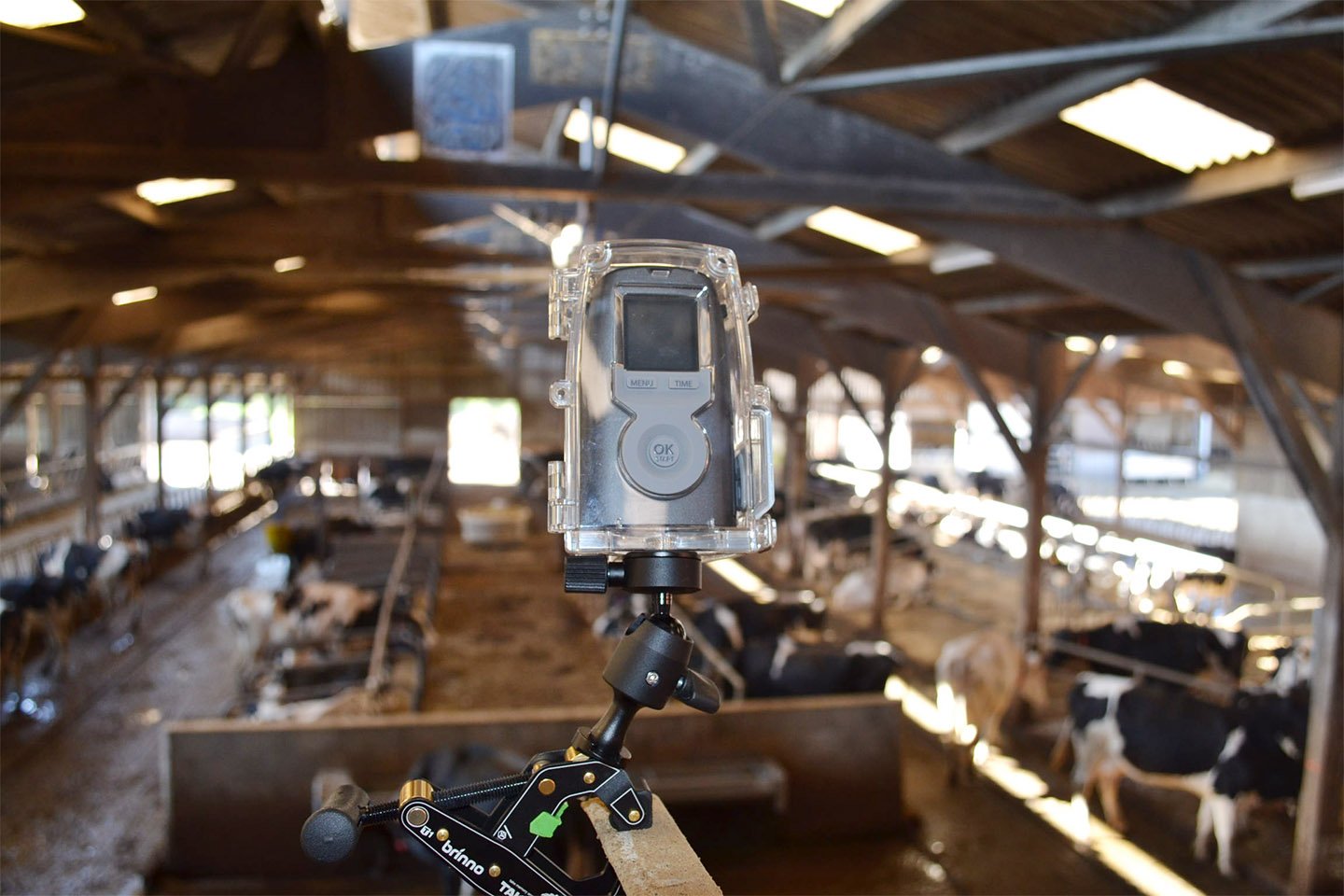
Automatic livestock monitoring: a field of possibilities
The strong interest in AI also stems from its capabilities and immense possibilities offered. Associated with computer vision and innovative sensors (connected camera, thermal camera...) it can considerably improve farm monitoring, of which here is a small glimpse.
In livestock production (cattle, pigs, poultry and insects) 4 main detection families can be explored: health, production, animal welfare and breeding.
- Health :
AI is able to detect pathologies such as lameness in cattle, to alert when piglets or chickens are stressed or suffering and to detect abnormal proliferation of parasites or insects.
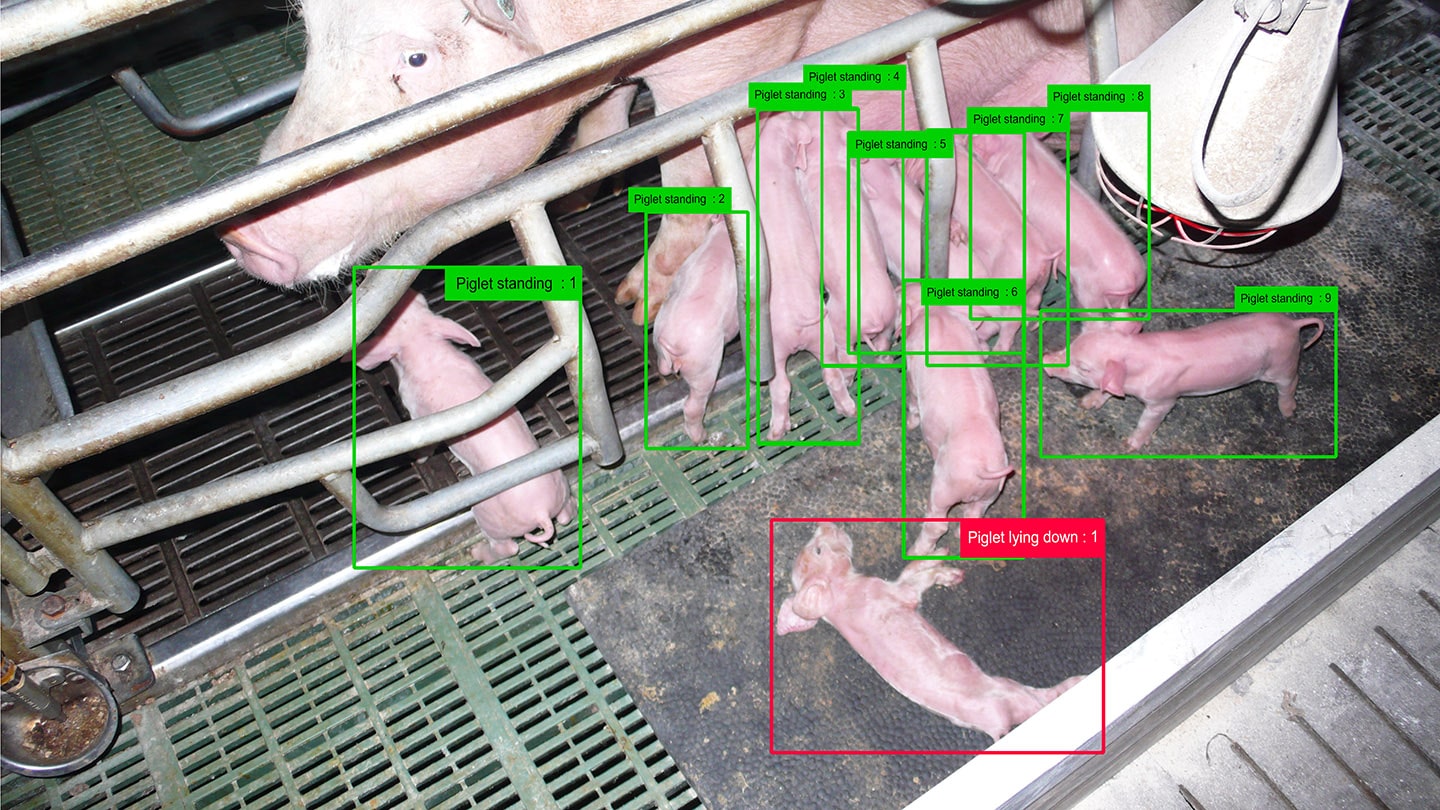 detection-automatique-mortalite-porcelets
detection-automatique-mortalite-porcelets
- Production :
Here too, use cases are very diverse. Among them are the measurement of rumination time in cattle, automatic counting on insect production lines or preventive monitoring of mortality in poultry and pigs.
- Animal welfare :
The respect of animal welfare has become a determining criterion that must be respected upstream and downstream of supply chains. Building frequentation, measurement of sleeping comfort, access to water and feeding points, thermal comfort are all examples of cases that AI can monitor.
- Reproduction :
In terms of reproduction, the algorithms are able to detect heat in cattle and pigs as well as calving.
For all these cases, the neural networks will have to be trained beforehand to detect precisely a situation or a behavior.
Towards high-precision breeding
As we have seen, monitoring and automatic detection alone meet several expectations: They relieve the constraints linked to animal monitoring, they reassure breeders and technicians by keeping an eye on the animals even from a distance, and they enable them to react more quickly and efficiently. Non-intrusive and discreet, automatic camera surveillance respects the rhythm of the animals and saves precious time in data analysis.
Artificial Intelligence in precision breeding holds all its promises and is just waiting to develop by adapting to the growing demand. It is a good bet that the players involved in breeding will turn to this type of technology because the possibilities are so great. Far from being limited to the delivery of alerts, this type of technology also allows for the provision of immediate, tailor-made advice. New perspectives are opening up. Consulting firms and cooperatives can now consider more predictive advice for producers.


